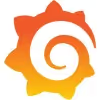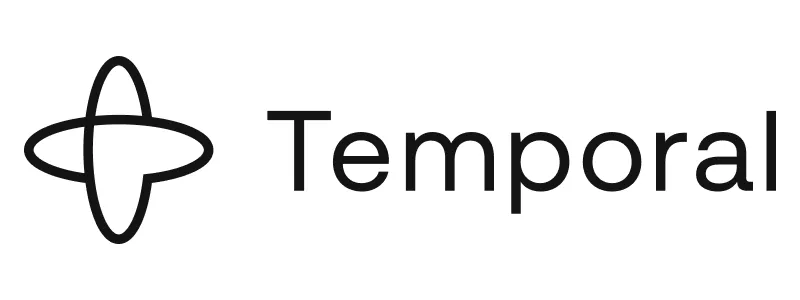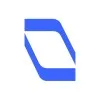About Remote UI/UX Jobs
Remote UI and UX designers play a crucial role in shaping digital experiences for users across the globe. They work closely with product managers and developers to translate business goals into intuitive and visually engaging interfaces. Typical responsibilities include creating wireframes, prototypes, and user flows, as well as conducting usability testing to refine designs based on feedback.
Employers often look for portfolios that demonstrate creativity, clarity, and consistency in solving real design challenges. Proficiency in Figma, Sketch, Adobe XD, and InVision is standard, while motion design and prototyping experience are valuable differentiators. Salaries for remote UI/UX designers generally range from $80,000 to $160,000 USD, depending on experience and location.
Companies across North America, Europe, Brazil, and India are hiring for both full-time and contract roles. Organizations such as Apollo, Monzo, PandaDoc, and Gusto are known for distributed design teams that operate across time zones.
If you are exploring related paths, consider roles in remote product management, remote frontend development, or remote graphic design to see how creative and technical disciplines connect.
Frequently Asked Questions about Remote UI/UX Jobs
What skills are important for remote UI and UX designers?
Remote UI and UX designers need a mix of visual design, user research, and communication skills. They should understand information architecture, interaction design, and prototyping to create intuitive experiences. Skills in Figma, Sketch, or Adobe XD are essential for interface work, while knowledge of usability testing and design systems helps with scale. Designers who can combine creative thinking with analytical insights stand out in remote environments. If you are early in your career, explore related paths in remote graphic design or remote frontend development to build complementary skills.
What tools and certifications are useful for remote UI/UX design jobs?
Most remote UI and UX designers use Figma, Sketch, or Adobe XD for design, and Miro or Notio for collaboration. Learning tools for user testing like Maze or Lookback can also give you an edge. Certifications such as the Google UX Design Certificate or programs from the Interaction Design Foundation are well recognized by employers. Another emerging area is UX content design—a growing field that focuses on writing clear, intuitive interface copy. Designers who understand UX writing often collaborate more effectively with product teams and content strategists.
What types of roles are available for UI/UX professionals?
UI/UX design covers a range of roles that focus on different parts of the product experience. Common titles include Product Designer, UX Researcher, Interaction Designer, and UX Writer. Some designers specialize in visual design or information architecture, while others manage end-to-end product design. As companies mature, hybrid roles that blend UX with product management or frontend development are becoming more common. Explore related roles like remote product management or remote frontend development to see how design connects with strategy and engineering.
How can graphic designers or developers transition into UX design?
Graphic designers and developers already have strong foundations for UX work. Designers bring visual storytelling and layout skills, while developers understand structure, logic, and usability. To transition, focus on user research, information hierarchy, and interaction patterns. Build a portfolio that demonstrates how your designs solve user problems, not just how they look. Online programs such as the Google UX Design Certificate or courses like Certified Usability Analyst (CUA) from the Human Factors Institute are great entry points. You can also explore the growing field of UX content design if you enjoy crafting words that guide user interactions.














